World’s First Driverless Bullet Train

China became the world’s first country to launch ‘World’s First Driverless Bullet Train’ on the 6th of January 2020. The 350-kmph driverless bullet train starting from the Capital city Beijing to the 2022 Winter Olympic host city of Zhangjiakou was opened to public on the 6th of January 2020 marking a new beginning of innovation. The 108-mile distance between Beijing and Zhangjiakou will be covered in just 47 minutes flat, thereby cutting travel time by 2 hours 13 minutes.
China has left behind the whole world in terms of innovative achievements by introducing the ‘World’s First Driverless Bullet Train’. It has been approximately 100 years, when the world’s scientists and engineers first began developing ADS – Automated Driving System. However, it was only in the 1950s, when automated driving systems were put on various trails without much success.
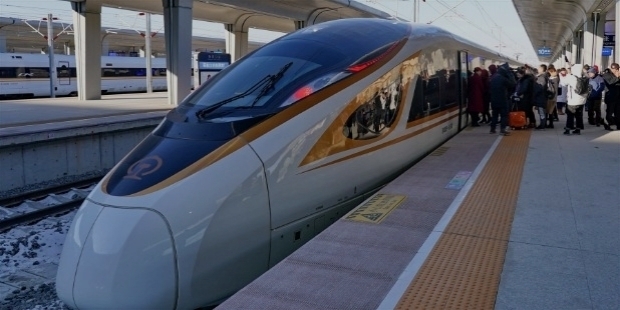
Japan was the first country to develop the first semi-automated car way back in the year 1977. Japanese engineering laboratory Tsukuba Mechanical Engineering Laboratory was the first to develop semi-automated car. A specially marked streets interpreted by two cameras on the car and an analog computer managed a maximum speed of 30-kmph with the elevated rail support. Since then, ADS has become the need of the hour in the second millennium.
The unveiling of the ‘World’s First Driverless Bullet Train’ establishes China as one of the most leading countries in the world. China has put Germany three years behind, because the European nation is likely to launch their first driverless train in 2023. China’s planning has been superb in every aspect, when it concerns their nation’s infrastructure. They have built amazing infrastructures for the benefit of their citizens at large, something the world should learn from China.
China’s Fuxing Series is a beauty beyond wild imagination. The ‘World’s First Driverless Bullet Train’ is capable of gaining an amazing speed of 350-kmph. China names it as ‘World’s First Smart High-Speed Railway’ – truly remarkable! China’s high-speed railway expansion plan took four years to build and is called the Jing-Zhang High-Speed Railway. The line connects the three host cities of the 2022 Winter Olympics – Beijing, Yanqing and Zhangjiakou.
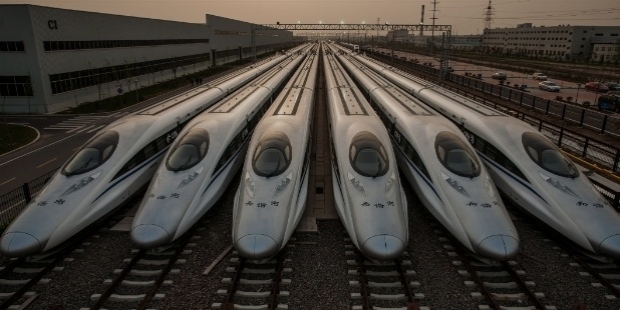
The 47-minute travel time will have 10 halts, Badaling Chang Cheng Station being the most popular section of the Great Wall of China. Branch line Chongli Railway is connected with the Jing-Zhang Railway for passengers and Olympic enthusiasts to travel from Beijing to Taizicheng Station. It is at a stone’s throw distance from the Winter Olympic Village and various Skiing competition venues.
On the 30th of December 2019, the operations started on the new rail line. The first train ran between Beijing North Railway Station and Taizicheng Railway Station. As many as 30 bullet trains run daily between Beijing and Zhangjiakou. 6 of them are the ‘New Smart Train’ – driverless. To experience the driverless bullet train travel, passengers have to pay a fractional higher fare. Tickets are priced $1 to $5 higher than tickets for a normal high-speed train travel.
Innovation Par Excellence
The ‘World’s First Driverless Bullet Train’s carriages are equipped with 5G internet, 2,718 real-time data collecting sensors to detect operational abnormalities and intelligent lighting system. Every seat is equipped with its own touch-screen control panel and wireless charging docks. A monitoring driver is always at hand on-board as a safety measure. The train starts automatically, stops and adjusts accordingly to different speed limits between two stations.
Passengers have to book tickets two days in advance to travel in the ‘World’s First Driverless Bullet Train’. However, this may be relaxed later, once passengers are accustomed to the new experience. Passengers have to pass through facial recognition technologies. Smart Robots will help passengers and guide them accordingly with paperless check-ins, luggage and directions at stations.
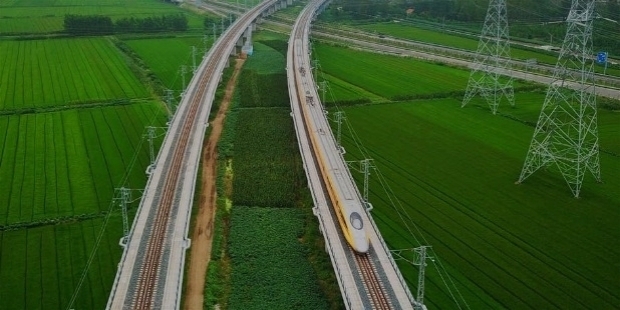
Keeping in mind the needs of athletes and journalists, the cabin’s interiors have been designed to perfection. Large storage spaces are provided to facilitate athletes with their winter sports equipment. QR Code access provides description of various storage spaces. There are exclusive storage spaces to house athletes’ stimulant test samples.
The convertible-designed dining car will easily transform into a media centre during the 2022 Winter Olympic Games. Live-broadcast service is available in the dining car. Charging outlets for media is provided underneath each table for convenience. During the Winter Paralympics, for the ease of passengers travelling in wheelchairs, Car Four’s removable seats will be removed as and when required.
The ‘World’s First Driverless Bullet Train’ is equipped with state-of-the-art advanced technologies’ autopilot and auto-dispatching systems. The self-driving system controls every aspect of travelling and stoppage time as per its schedule. Integrating smart rail technologies, the Beijing – Zhangjiakou Rail Line is China’s High-Speed Rail 2.0 Version. The launch also marks future high-speed development around the world.
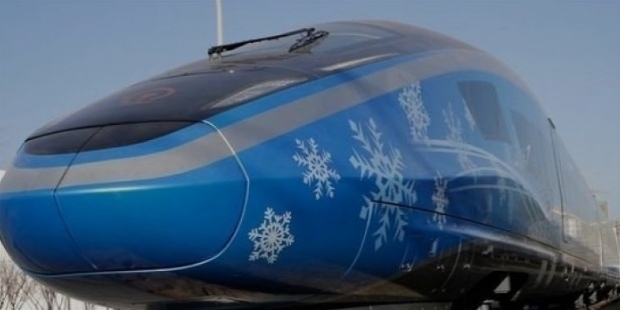
The Beijing – Zhangjiakou Rail Line is China’s first full lifecycle adopted BIM – Building Information Modeling approach for all the disciplines involved in the successful ambitious project. The ‘World’s First Driverless Bullet Train’ is equipped with an alarm system, earthquake warning system and natural disaster monitoring system. All these systems constitute the intelligent dispatching command system for the bullet train.
The train has been fully equipped with the dual support mode of 4G and 5G equipment. It will also broadcast live streaming of events during the 2022 Winter Olympics and Paralympics. In totality, the ‘World’s First Driverless Bullet Train’ showcases China’s humongous technological leap for the whole world to envy the most-populated nation in the world. In the last decade, China is the only country in the whole world to have built successfully the most modern and developed high-speed railway network.
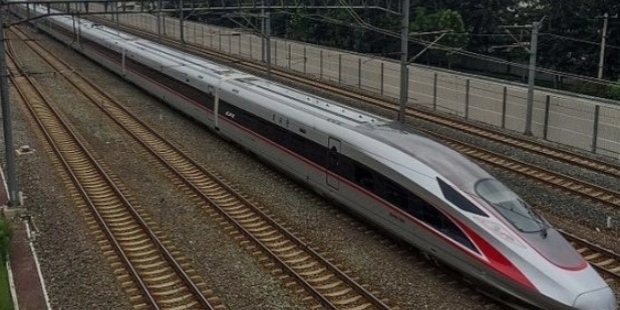
The ‘World’s First Driverless Bullet Train’ will not only showcase China’s efficacy and efficiency of flawless planning, but also help promote China’s Winter Sports to boost the nation’s economy. It will also attract lots of tourists to experience travelling in a driverless bullet train.
China’s First-Built Railway
It is interesting to note that the new rail line linking Beijing with Zhangjiakou has a historical significance connected to nation’s ancient history. Jing-Zhang Railway line was the first railway designed and built independently by Chinese people way back in 1909. The line was a defunct line. It has been revived after more than a Century, so there is lots of enthusiasm around it. Earlier, the travel time between the two cities took 8 longs hours.
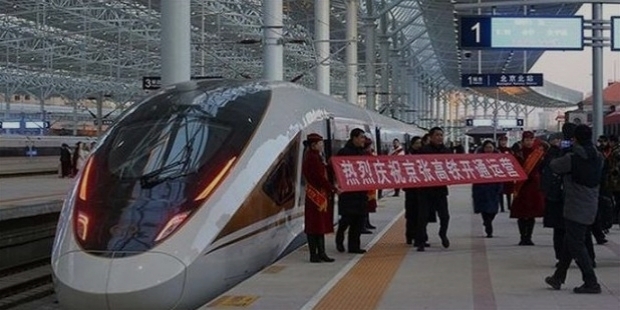
China boasts of being the ‘World’s Largest High-Speed Rail Network’ stretching an amazing 35,000 km. China’s Shanghai Maglev is the fastest commercially operating train in the world, which travels at an amazing top speed of 431-kmph. Shanghai Maglev connects Shanghai Pudong airport with Longyang Road in the eastern side.
China has shown to the world their cutting-edge homegrown technologies have the power to surprise the world with their major breakthrough in rail developments. China’s railway has evolved remarkably in the last one Century. The 108-mile rail line is one-of-its-kind, which is covered by China’s self-developed BDS – BeiDou Navigation Satellite System. It is the fastest driverless bullet train in the world.
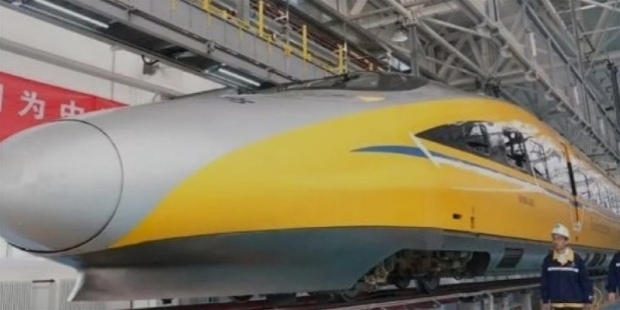
The 47-minute travel time between Beijing and Zhangjiakou is touted as a great boost to coordinated development of the Beijing-Tianjin-Hebei region. Communist Party of China’s General Secretary Xi Jinping emphasized the significance of the high-speed rail line connecting the two major stations of Beijing and Zhangjiakou. He stated that the opening marks a significant progress in the preparations for the 2022 Winter Olympics.
China’s long-term national railway construction master plan, popularly known as ‘Eight Vertical and Eight Horizontal’ High-Speed Network, includes the construction of the new rail line. The Beijing – Zhangjiakou rail line also connects the Capital City of North China’s Inner Mongolia Autonomous Region of Hohhot. The previous travel time from Beijing to Hohhot was 9 hours 15 minutes. With the new line, the travel time has reduced to an amazing 2 hours 9 minutes.
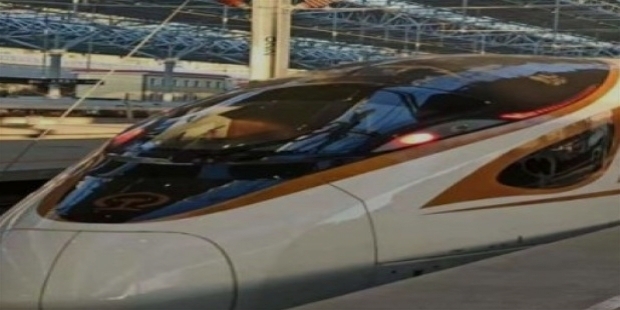
China has planned to reach an estimated 150,000 km of railway network nationally by the end of 2020. 80% of major first-tier cities will be connected via high-speed rail line. This amazing development and innovation will definitely inspire other developed nations to follow in the footsteps of China. Which country will be the next to launch ‘Driverless Bullet Train’ next?









